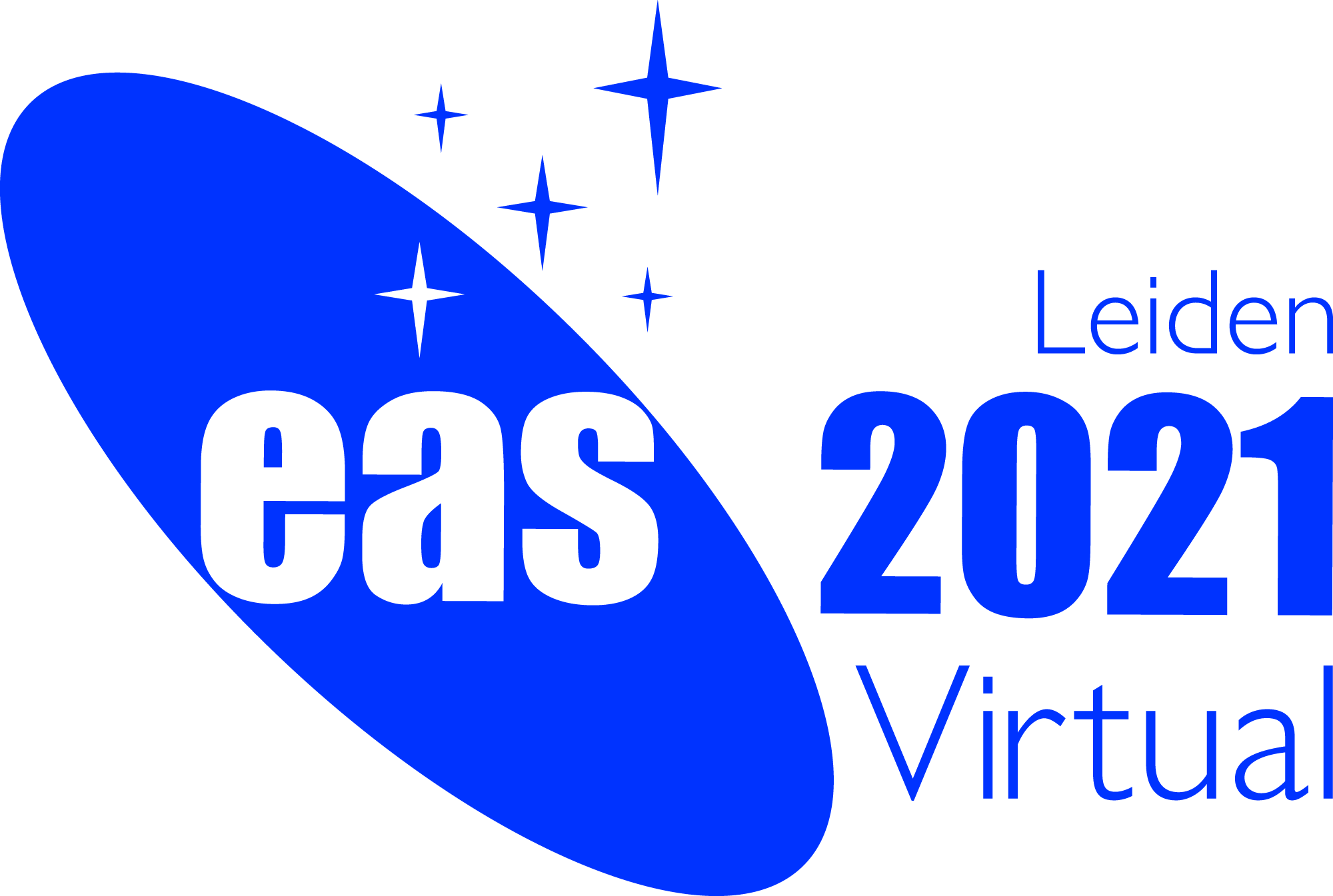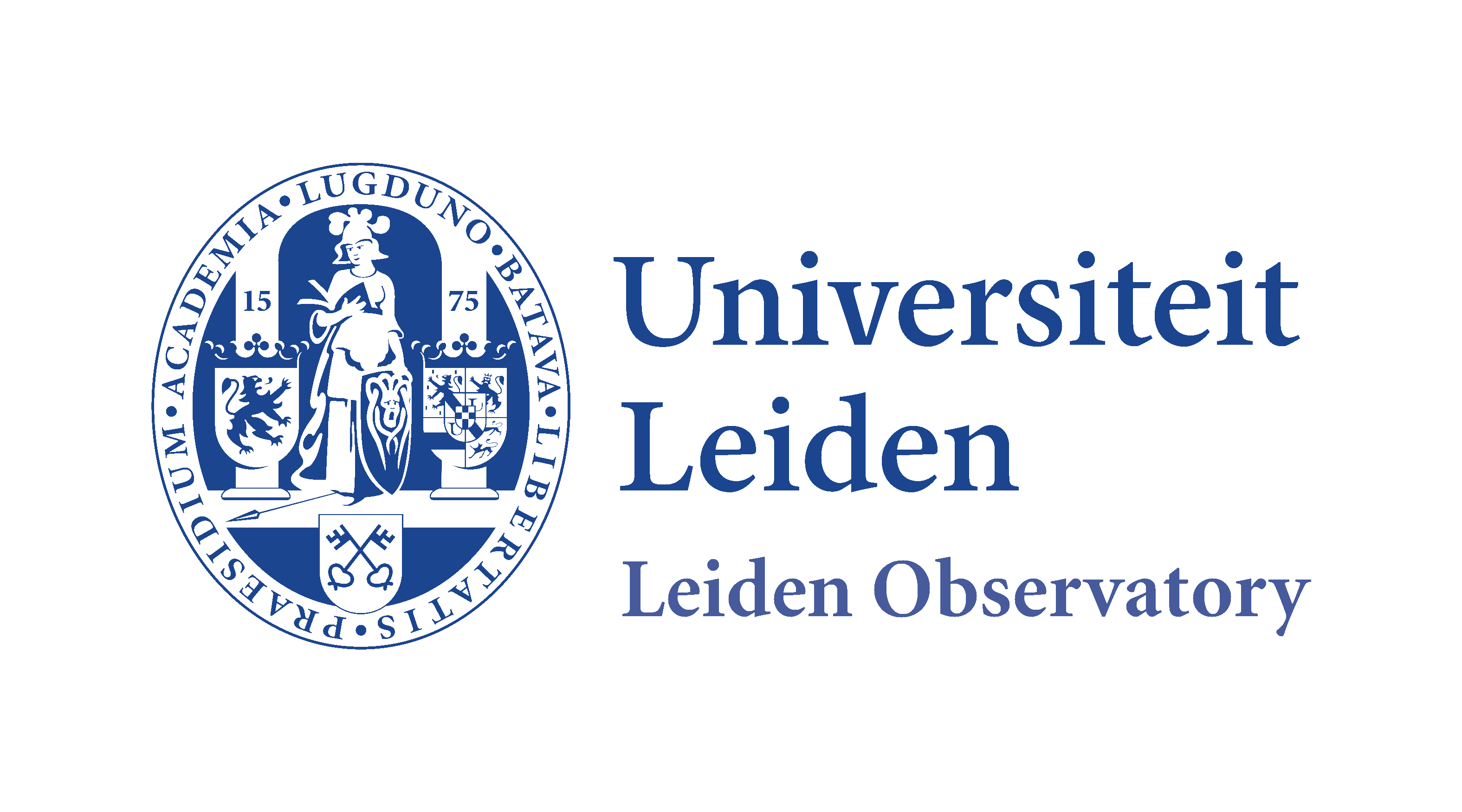Special Session SS24
30 June 2021
The role of nurture on the Star Formation cycle of satellite galaxies
Aims and scope
It is now well established that the probability for satellite galaxies to be quenched is higher than for centrals, at fixed stellar mass, suggesting that the large scale environment plays a key role in the star-formation cycle of satellites. However, we still miss the unified picture of how environmental mechanisms change the galaxy stellar and gas properties during the build-up of their host large-scale structures.
Firstly, we still treat environment as a "static" property and assume that the environment in which we observe galaxies at a given epoch is the responsible for the transformation: e.g., we keep comparing clusters and groups at fixed redshift, and/or assume that galaxies in clusters have fallen in as isolated systems. While according to theoretical predictions this is definitely not the case, observationally it is still unclear how previous environments have affected the galaxy star formation cycle (i.e., whether pre-processing is important for understanding satellite galaxy evolution).
Secondly, we have so far mainly traced the properties of stellar populations across environments, which show that satellite galaxies have older stars at fixed mass than centrals. However, this information is not enough to reveal what stops star formation, as it is critical to trace all the baryonic components taking part in the star formation cycle: atomic and molecular hydrogen, dust and metals.
We are entering an era during which we can simultaneously make progress on both issues. The advent of large-area radio and integral field-spectroscopic surveys will soon allow us to trace different baryonic components across all environments. Simultaneously, the improvement in cosmological simulations is gradually helping to quantify the effect of every single environment a satellite experiences during its life.
In this special session, we aim at bringing together experts that tackle the study of galaxy evolution in the different environments from different perspectives and using complementary tools to encourage a lively debate focused on the main question:
What is the effect of galaxy preprocessing in the quenching of star formation?
We will focus on what is the observational evidence of preprocessing on the different gas phases and what is its role in affecting the star forming properties and the galaxy internal structure and discuss what new observations are needed to constrain the preprocessing. Simulations are able to reconstruct the environmental history of galaxies now falling into clusters. We will discuss their prediction on what is (if any) the typical journey of a galaxy before falling into clusters, which are the expected mechanisms and if it is possible to measure the signs of preprocessing on quenched galaxies.
To contain the topic, we will mainly focus on the redshift range z=0-1, where the identification of the different environments is rather robust.
Programme
This special symposium will be focussed on the main question
- What is the effect of galaxy preprocessing in the quenching of star formation?
both from a theoretical and observational point of view.
During the three blocks:
- We will focus on what is the observational evidence of preprocessing, what is its role in affecting the star forming properties and the galaxy internal structure.
- We will explore how the gas content and its distribution are affected by the sparsest environments, how its alteration influences galaxy evolution and on which time scales.
- We will discuss the predictions from the simulations on what is (if any) the typical journey of a galaxy before falling into clusters, which are the expected mechanisms and if it is possible to measure the signs of preprocessing on quenched galaxies.
In this session, we will leave a significant amount of time for discussions, finding alternative ways to engage the audience. This is a critical aspect of online conferences. We also decided to limit the number of invited speakers to leave more room to contribute talks.
More details to be announced soon.
Invited speakers
- Pascale Jablonka (EPFL)
- Rory Smith (KASI)
Scientific organisers
- Benedetta Vulcani (INAF-OAPD, co-chair)
- Luca Cortese (UWA, co-chair)
- Yannick Bahe (Leiden University)
- Kyle Oman (Durham University)
- Anna Pasquali (ZAH, Heidelberg University)
- Mpati Ramatsoku (Rhodes University/ INAF-OAC)
Contact
For any questions, you can contact Benedetta Vulcani (benedetta.vulcani @ inaf.it) or Luca Cortese (luca.cortese @ uwa.edu.au)
Updated on Mon Jan 25 19:31:17 CET 2021
|

 A power cut will shut down all EAS services on Tuesday, 10 January 2017 starting at 7:30 CET.
A power cut will shut down all EAS services on Tuesday, 10 January 2017 starting at 7:30 CET.


